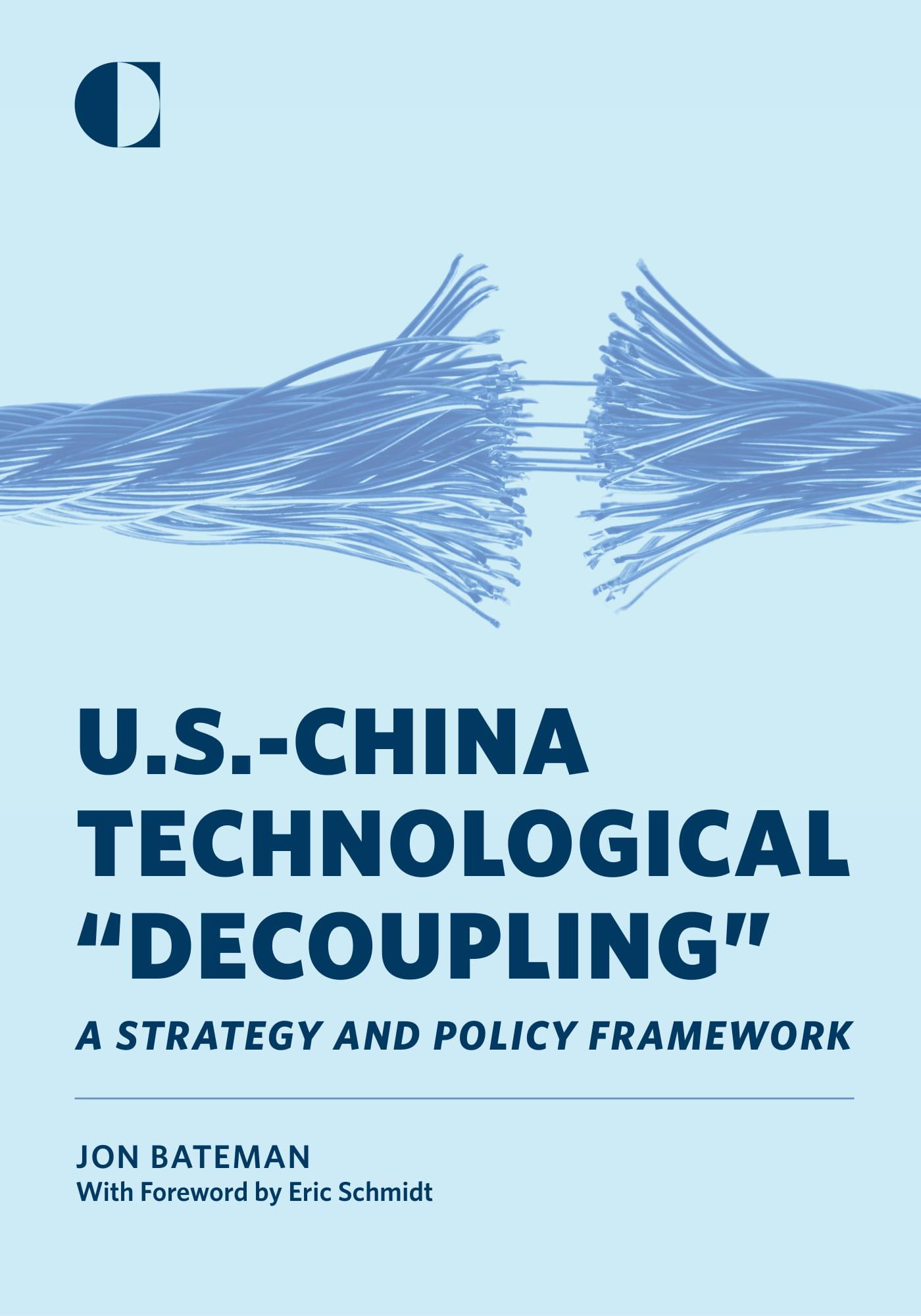China’s clean energy patent surge reshapes global tech landscape – ehn.org

Report on China’s Leadership in Clean Energy Innovation and its Impact on Sustainable Development Goals
Executive Summary
This report details China’s emergence as a global leader in clean energy innovation, a development with profound implications for the United Nations Sustainable Development Goals (SDGs). By strategically investing in key technologies, China has transitioned from a technology imitator to a dominant inventor, filing more than double the number of high-quality clean energy patents as the United States in 2022. This ascent directly supports progress on SDG 7 (Affordable and Clean Energy), SDG 9 (Industry, Innovation, and Infrastructure), and SDG 13 (Climate Action). However, this dominance also presents geopolitical challenges that could impact SDG 17 (Partnerships for the Goals), as global reliance on Chinese technology for climate targets grows.
Strategic Industrial Policy and Innovation (SDG 9)
China’s leadership is the result of a deliberate, government-led industrial strategy aimed at fostering innovation and building resilient infrastructure, in line with the objectives of SDG 9. Key drivers of this transformation include:
- The “Made in China 2025” initiative, which directed substantial state subsidies into critical clean energy sectors.
- Focused investment in research and development for technologies related to batteries, solar power, and electric vehicles.
- The cultivation of intense domestic competition, which spurred a significant wave of patent filings and technological breakthroughs.
This strategic approach has successfully shifted the nation’s role, as noted by Yann Ménière, chief economist at the European Patent Office, who stated, “…China has gone from being an imitator to an innovator.”
Advancing Affordable Clean Energy and Climate Action (SDG 7 & SDG 13)
China’s innovation is critical to the global pursuit of SDG 7 and SDG 13. The country’s contributions are making clean energy more accessible and providing essential tools for global decarbonization efforts. The scale of this contribution is evidenced by patent data from the European Patent Office.
- In 2022, China filed over 5,000 internationally competitive clean energy patents.
- This figure represents a dramatic increase from just 18 such patents filed in the year 2000.
- Chinese firms, such as BYD and CATL, now lead global markets in electric vehicles and batteries due to innovations that have improved performance, enhanced safety, and reduced costs.
These advancements in solar panels, electric vehicles, and battery storage are fundamental for countries seeking to phase out fossil fuels and meet emissions reduction targets vital for public health and planetary stability.
Geopolitical Implications and Challenges to Global Partnerships (SDG 17)
While China’s progress is beneficial for global climate goals, the concentration of innovation and manufacturing creates challenges for international cooperation, a cornerstone of SDG 17. The global shift to clean energy is now increasingly dependent on Chinese supply chains and technologies.
- Many nations rely on Chinese technology to meet their commitments under international climate agreements.
- China is tightening export controls on key clean technologies, raising concerns about global access and competition.
- A widening technology gap risks placing other countries at an economic disadvantage and could slow their progress toward environmental targets.
This dependency poses a significant geopolitical challenge, potentially hindering the collaborative international effort required to achieve shared environmental and developmental objectives.
Analysis of Sustainable Development Goals in the Article
-
Which SDGs are addressed or connected to the issues highlighted in the article?
The article addresses several Sustainable Development Goals (SDGs) through its discussion of China’s leadership in clean energy technology. The primary SDGs connected are:
- SDG 7: Affordable and Clean Energy: The core topic of the article is “clean energy innovation,” specifically mentioning “solar panels, electric vehicles, and battery technologies.” This directly relates to ensuring access to affordable, reliable, sustainable, and modern energy for all.
- SDG 9: Industry, Innovation and Infrastructure: The article focuses heavily on innovation, evidenced by the discussion of “high-quality patents” and China’s transformation “from a technology imitator into a dominant inventor.” It also highlights industrial policy, such as the “Made in China 2025” initiative, which spurred this growth.
- SDG 13: Climate Action: The article explicitly links clean energy technology to climate goals, stating that many nations “depend on Chinese supply chains and technologies to meet climate goals” and achieve “emissions reductions vital for public health and planetary stability.”
- SDG 17: Partnerships for the Goals: The text discusses the geopolitical implications of China’s dominance, including how the “global shift to clean energy is becoming increasingly reliant on China.” This touches upon global partnerships, technology transfer, and competition, which are central to SDG 17.
-
What specific targets under those SDGs can be identified based on the article’s content?
Based on the article’s content, the following specific SDG targets can be identified:
- Target 7.2: By 2030, increase substantially the share of renewable energy in the global energy mix. The article’s focus on technologies like solar panels and electric vehicles is fundamental to achieving this target.
- Target 7.a: By 2030, enhance international cooperation to facilitate access to clean energy research and technology… and promote investment in energy infrastructure and clean energy technology. The article discusses the global reliance on Chinese technology, highlighting the critical role of international access to these innovations for meeting climate goals.
- Target 9.5: Enhance scientific research, upgrade the technological capabilities of industrial sectors in all countries… encouraging innovation and substantially increasing the number of research and development workers… and public and private research and development spending. The article directly addresses this target by detailing China’s success in filing patents, its “government-led strategy,” and the pouring of “subsidies into key sectors” to spur innovation.
- Target 13.2: Integrate climate change measures into national policies, strategies and planning. China’s “Made in China 2025” initiative is presented as a key national strategy that has driven the development of clean technologies necessary for climate action.
- Target 17.7: Promote the development, transfer, dissemination and diffusion of environmentally sound technologies to developing countries on favourable terms. The article underscores the global dissemination of Chinese clean energy technology, while also noting potential barriers like China “tightening export controls on key clean tech.”
-
Are there any indicators mentioned or implied in the article that can be used to measure progress towards the identified targets?
Yes, the article mentions and implies several indicators that can be used to measure progress:
- Number of patents in clean energy technology: This is a direct indicator mentioned in the article. It states, “China filed over 5,000 internationally competitive clean energy patents in 2022, up from just 18 in 2000.” This measures progress towards innovation as described in Target 9.5.
- Public and private investment in R&D: The article implies this indicator by mentioning that China’s government “poured subsidies into key sectors like batteries and solar.” This investment is a key driver of the innovation discussed.
- Market share of clean energy companies: The article implies this indicator by noting that “Chinese firms like BYD and CATL now lead global EV and battery markets.” The market dominance of these firms is a measure of the successful adoption and scaling of clean technologies.
- Dependence on imported technology for climate goals: The article suggests this as a geopolitical indicator, stating that many nations “depend on Chinese supply chains and technologies to meet climate goals.” This can be measured by tracking the percentage of a country’s renewable energy infrastructure or EV market that relies on imported components.
Summary of Findings
| SDGs | Targets | Indicators |
|---|---|---|
| SDG 7: Affordable and Clean Energy | 7.2: Increase the share of renewable energy in the global energy mix. | Market share of clean energy technologies (e.g., leadership of BYD and CATL in EV and battery markets). |
| SDG 9: Industry, Innovation and Infrastructure | 9.5: Enhance scientific research and upgrade technological capabilities to encourage innovation. | Number of high-quality patents filed in clean energy (e.g., “over 5,000” by China in 2022). |
| SDG 13: Climate Action | 13.2: Integrate climate change measures into national policies and strategies. | Implementation of national industrial policies focused on clean energy (e.g., “Made in China 2025” initiative). |
| SDG 17: Partnerships for the Goals | 17.7: Promote the development, transfer, and diffusion of environmentally sound technologies. | Global reliance on a single country’s supply chains for clean technology to meet climate goals. |
Source: ehn.org

What is Your Reaction?
 Like
0
Like
0
 Dislike
0
Dislike
0
 Love
0
Love
0
 Funny
0
Funny
0
 Angry
0
Angry
0
 Sad
0
Sad
0
 Wow
0
Wow
0

















































:focal(1500,1000)/https://media.globalcitizen.org/a6/9a/a69a4720-d8a1-4715-b596-18738d03c05c/rotary_polio_hero_image.jpg?#)






/countries/sri-lanka/photo-credit---dmc-sri-lanka.tmb-1200v.jpg?sfvrsn=dc298bcc_1#)

















